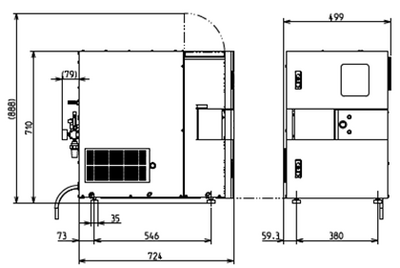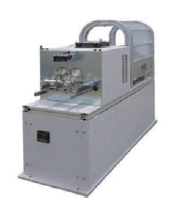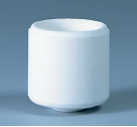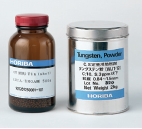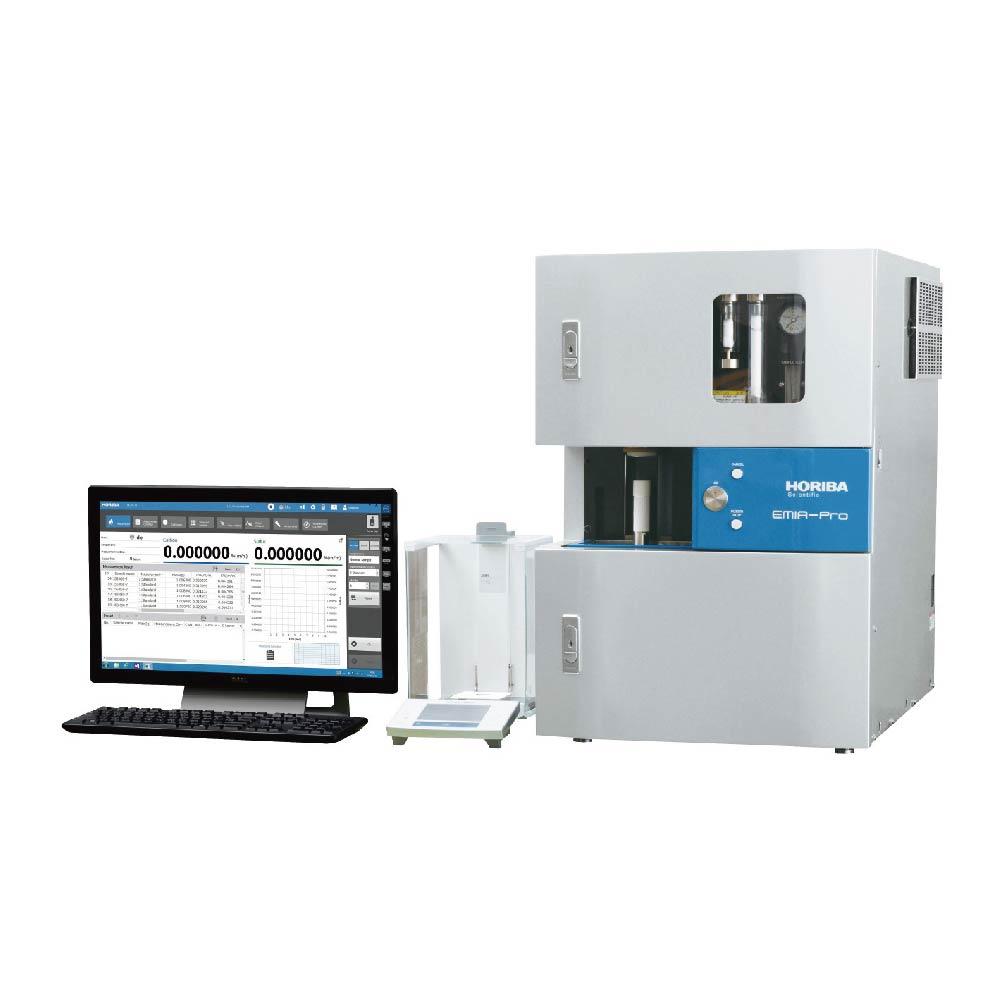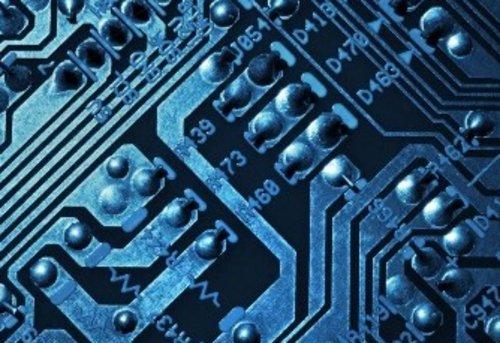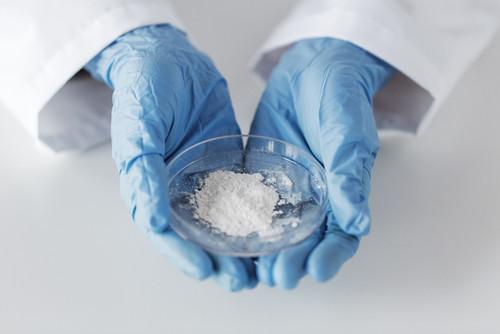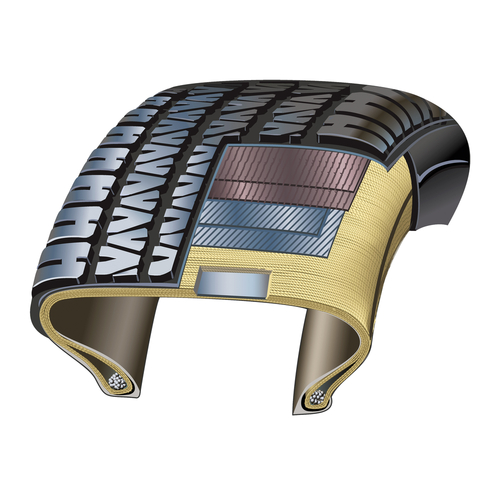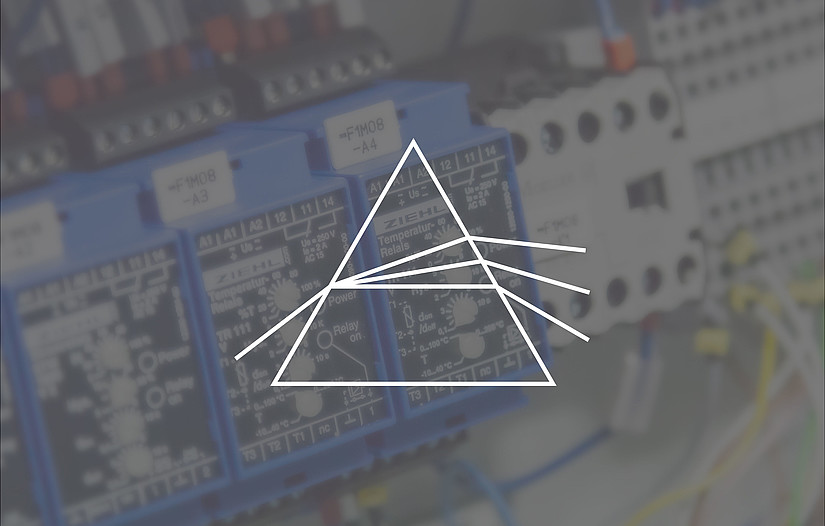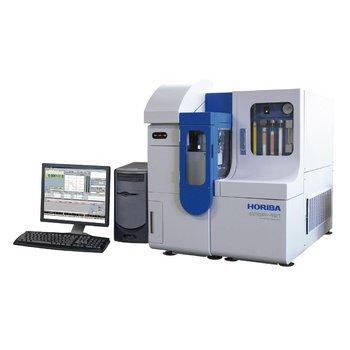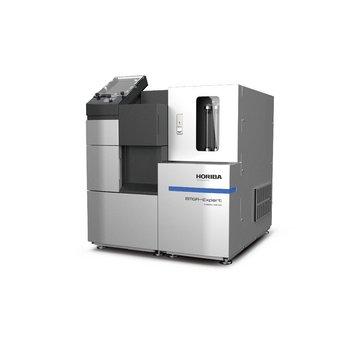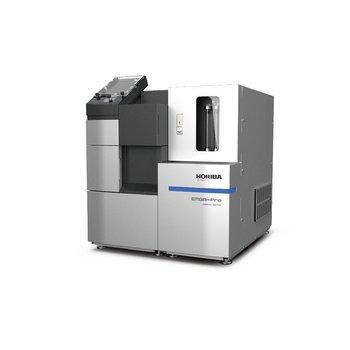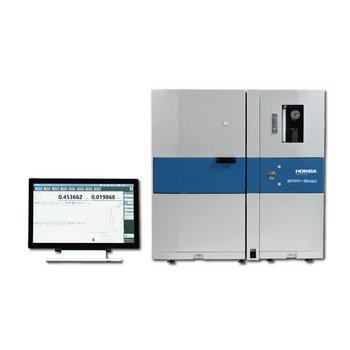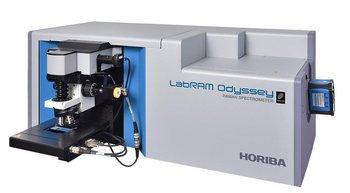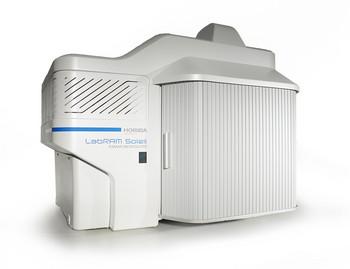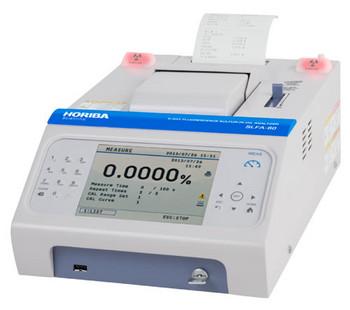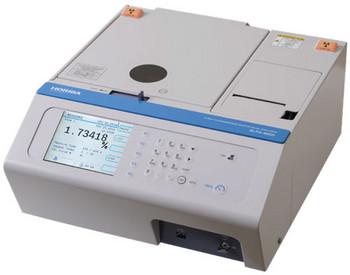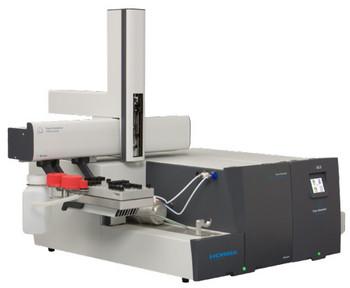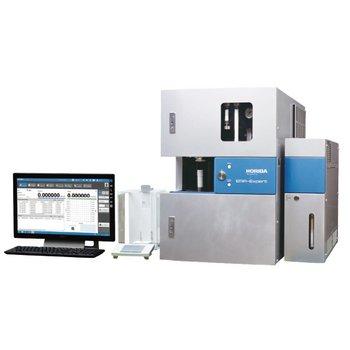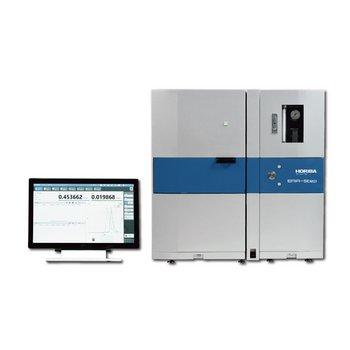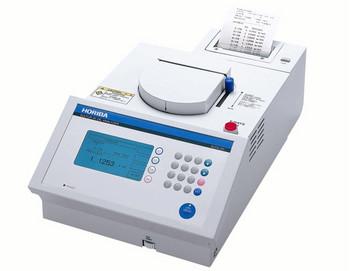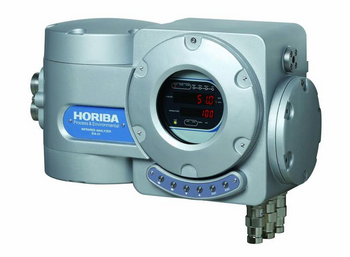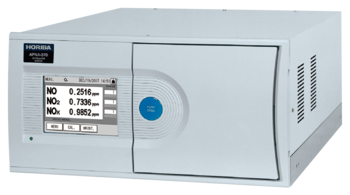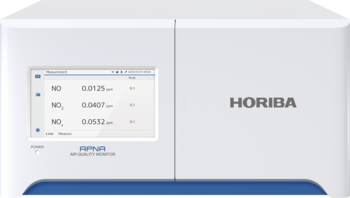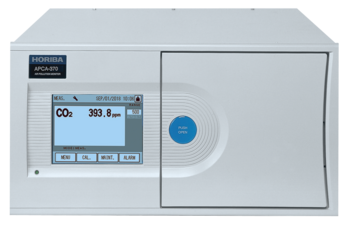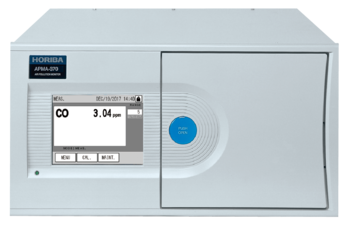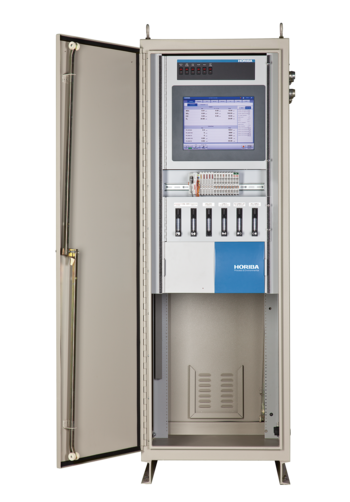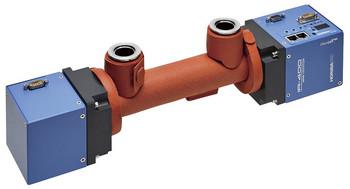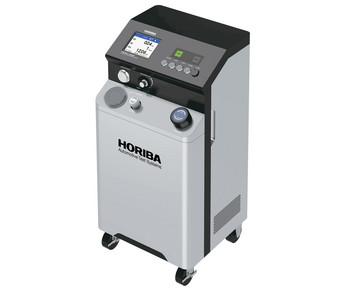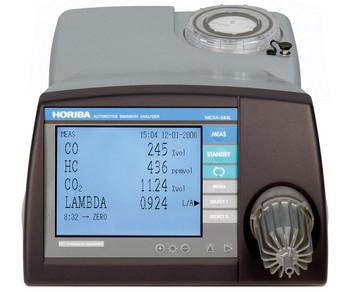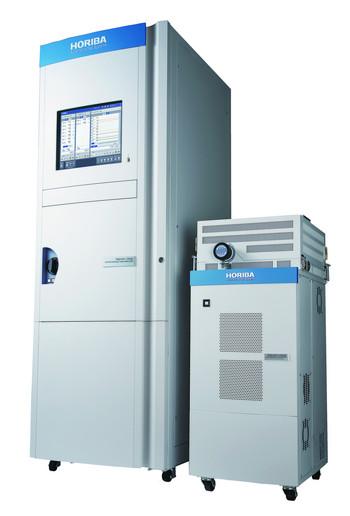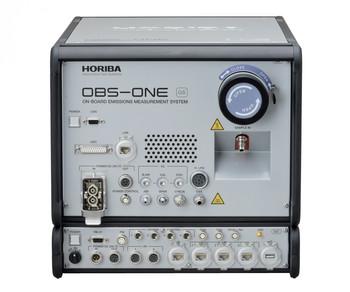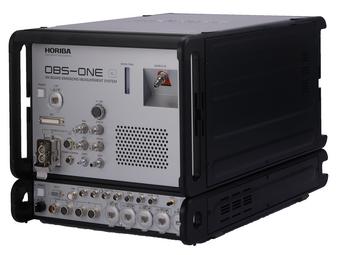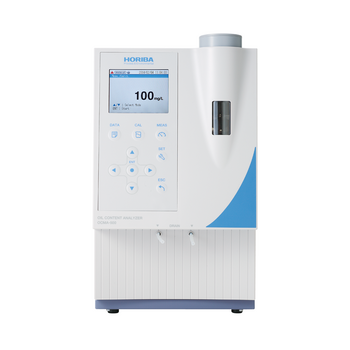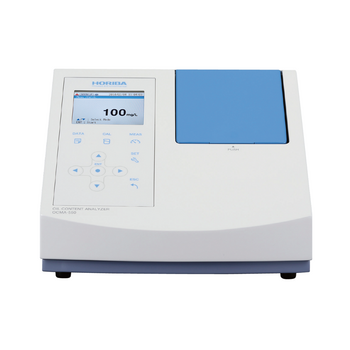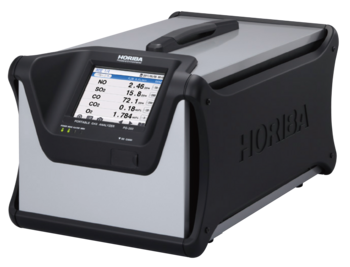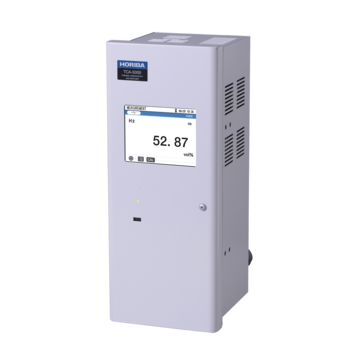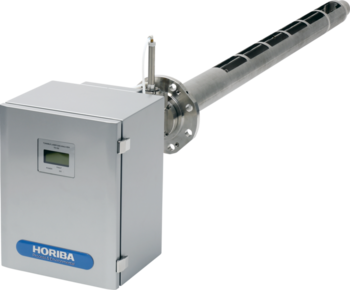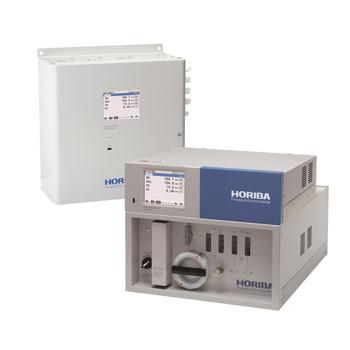Greater Accuracy
Proven NDIR Gas Detection Technology
The EMIA-Pro Carbon/Sulfur Analyzer utilizes the infrared method to measure the carbon and sulfur content of a sample after combustion in an induction furnace. It leverages HORIBA's reliable Non-Dispersive Infrared (NDIR) measurement technology, providing a measurement range optimized for carbon from 1.6 ppm to 6.0% and for sulfur from 2 ppm to 1.0%. The analyzer features a unique CO detector and can be utilized for a wide range of inorganic materials, including steel, cokes, catalysts, non-ferrous alloys like aluminum, and lithium-ion battery materials.
Please also refer the Measurement Principle page for the details.
Flexible Upgrade after Installation
Customer has the option to expand the functionality of the EMIA-Pro system at any time, even after installation, depending on their specific needs:
- Purifier Unit for carrier gas (for C Analysis) - Enables measurement of ultra-low carbon concentration with high accuracy by eliminating hydrocarbon impurities in the carrier gas.
- Auto Sampler Unit - Able to accommodate up to 20 positions.
- Halogen Trap Unit - Helps remove halogen elements in the sample to prevent damage to the device.
Improved Measurement and Maintenance Efficiency
Substantial Reduction in Maintenance
Along with the EMIA-Pro's cleaning feature, HORIBA has developed a robust design with fewer components for more reliable use and less service requirements.

The latest innovations have enabled the cleaning time for the EMIA Series to be typically half that of our conventional models (patent applied for*). Additionally, the structure around the combustion area has been designed to be as simple as possible, allowing for quick and intuitive maintenance. Specialized skills or knowledge are not required for maintenance work.
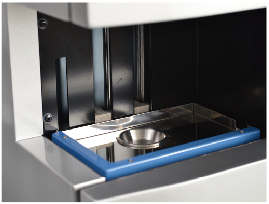
Flat design around the crucible stand
The cleaning efficiency of the EMIA Series instruments has been significantly improved compared to our conventional Carbon/Sulfur analyzers with the use of a unique automatic cleaning mechanism (patent applied for*). This allows users to repeat measurements up to 200 times**, with reduced time required for maintenance and cleaning, without sacrificing measurement accuracy.
* JP6063582, US10379017, EP3064938, ZL201480058824.2, IN351227, JP6605807, US9778148, EP3037814 and ZL201510971175.1
** Number of repeatable measurements may vary depending on the sample and measurement conditions.
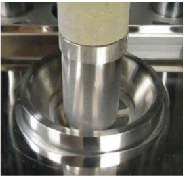
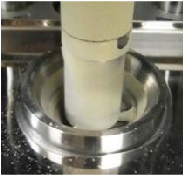
Before measurement After 200 measurements
Watch the EMIA Series cleaning video
High Throughput
The EMIA Series can complete one measurement cycle, measurement-display result-cleaning, in 70 seconds (i.e. about 50 samples/hour).
More Intuitive Software for Easy Operation
Advanced Operation Software
The EMIA Series features its own proprietary operating software, which has been designed with a focus on ease of use, optimizing layout, operating menus, and functions for enhanced user-friendliness.
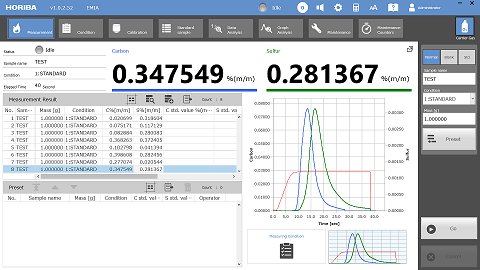
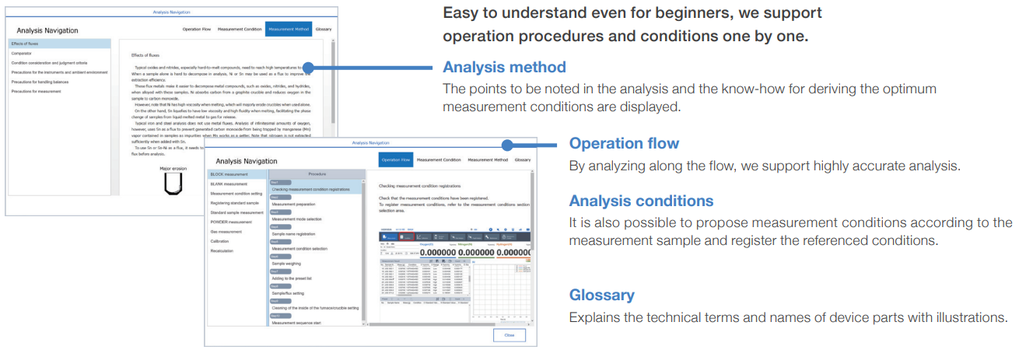
Enhanced Operator Assistance
Additionally, the software includes a self-diagnostic monitoring feature to assess the status of connected devices, an alarm function, and three navigators to recommend the most suitable conditions for samples, troubleshoot errors, and alert users to perform maintenance. These features improve daily operation and ensure efficient analysis.
Watch the EMIA Series maintenance video

